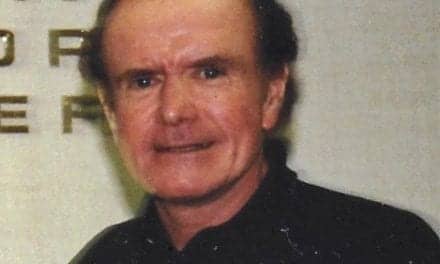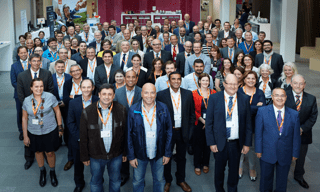October 5, 2007
WASHINGTON, DC—The National Association of the Deaf (NAD) reaffirms its commitment to effective communication between people who are deaf or hard of hearing and police officers.
The organization reports that recent incidents involving police officers and individuals who are deaf or hard of hearing remind us that our commitment must be ongoing. For example, in November 2006, Douglas Bahl of Minnesota was pulled over by police for failing to stop at a red light. Bahl is deaf. Bahl tried to use gestures and paper and pen to communicate with the police officer. The police officer used physical force. Bahl was arrested. After being treated at a hospital for his injuries, Bahl was taken to a jail where he spent 4 days without access to a TTY to make a phone call and without interpreter services, despite repeated requests for these accommodations. On September 14, 2007, Bahl was convicted of obstructing the legal process without force.
Bahl is not the first deaf or hard-of-hearing person to encounter communication problems with law enforcement officers, according to NAD. The organization has represented deaf or hard-of-hearing individuals in disability discrimination complaints against law enforcement agencies when those individuals were arrested and held in jail without access to a TTY to make a phone call or interpreter services to communicate effectively with police. As a result of those complaints, the NAD has obtained favorable legal rulings and settlement agreements requiring law enforcement agencies to provide appropriate auxiliary aids and services, including qualified interpreter services and TTYs.
The NAD takes the position that law enforcement officers must communicate effectively with people who are deaf or hard of hearing, a position firmly supported by the Americans with Disabilities Act of 1990.
“The American court system and law enforcement officers obviously must ensure that communication access exists for all Deaf Americans,” says NAD president Bobbie Beth Scoggins. “We have a long way to go to educate the law enforcement community on how to treat Deaf Americans on an equal footing, and we will do all we can to ensure equality.”
“The NAD continues to advocate for effective communication with police and other law enforcement officers,” says Rosaline Crawford, director of the NAD Law and Advocacy Center. “We provide information, assistance, and referral for individuals who have been unable to communicate with police officers, and we are a resource for advocates and lawyers, as well as police and law enforcement agencies.”
The NAD says that it encourages community groups and individuals to develop strong, positive, and long-term relationships with their state and local police and law enforcement agencies. Similarly, it encourages police and law enforcement agencies to learn more about the deaf and hard of hearing community in their areas. Together, community groups and law enforcement agencies can conduct education, outreach, and training programs that will be mutually beneficial, according to the organization.
SOURCE: National Association of the Deaf




